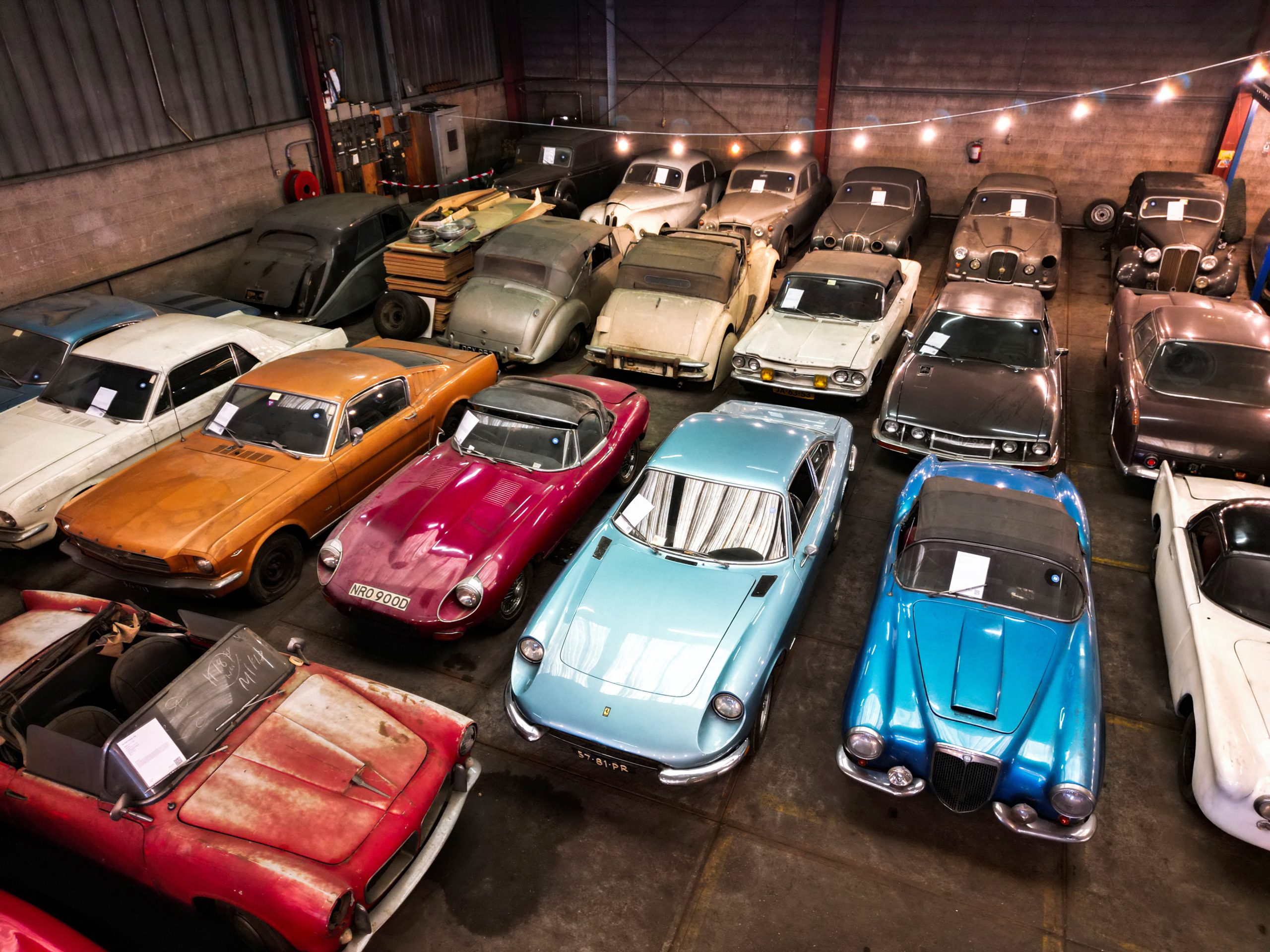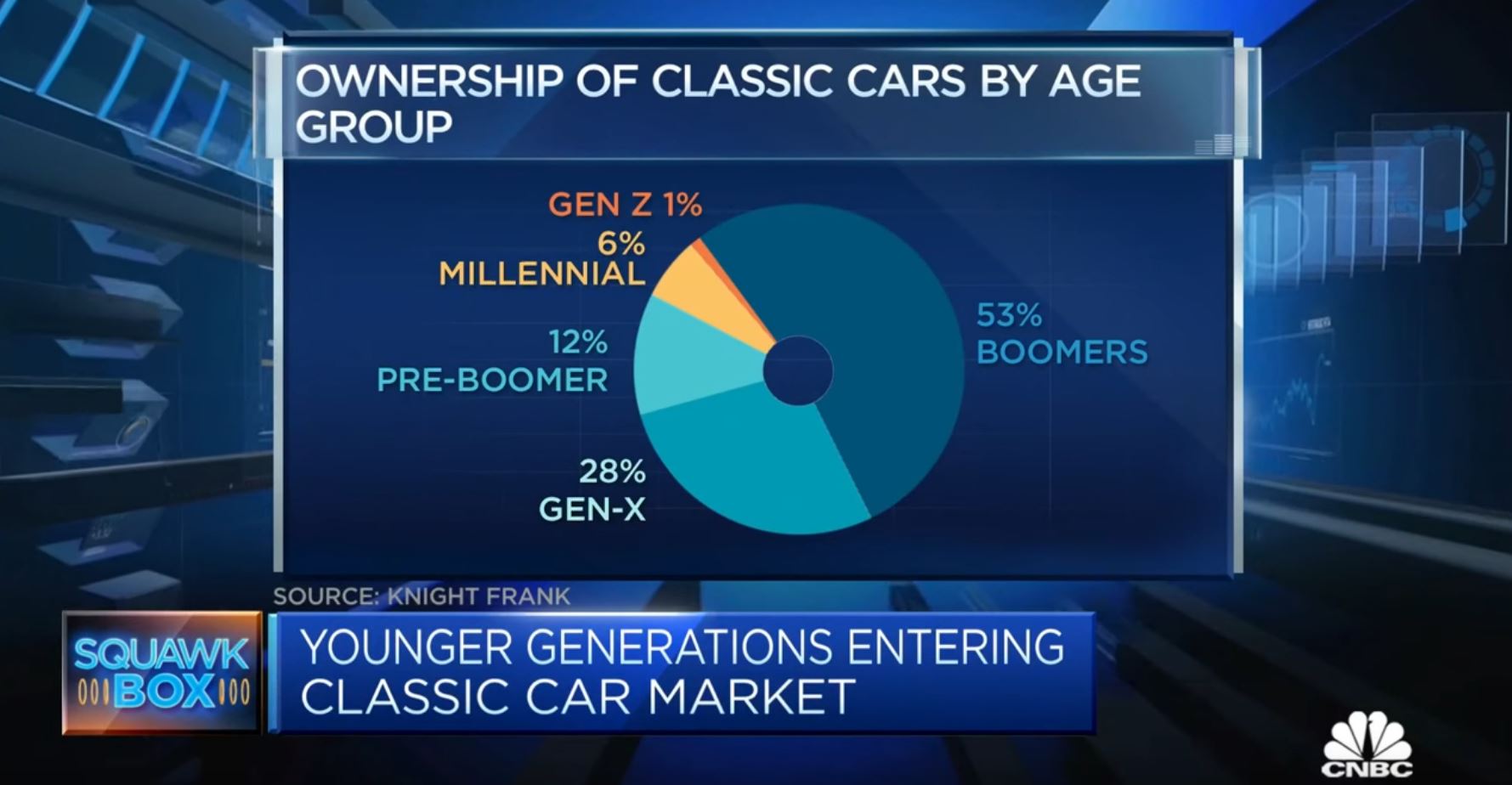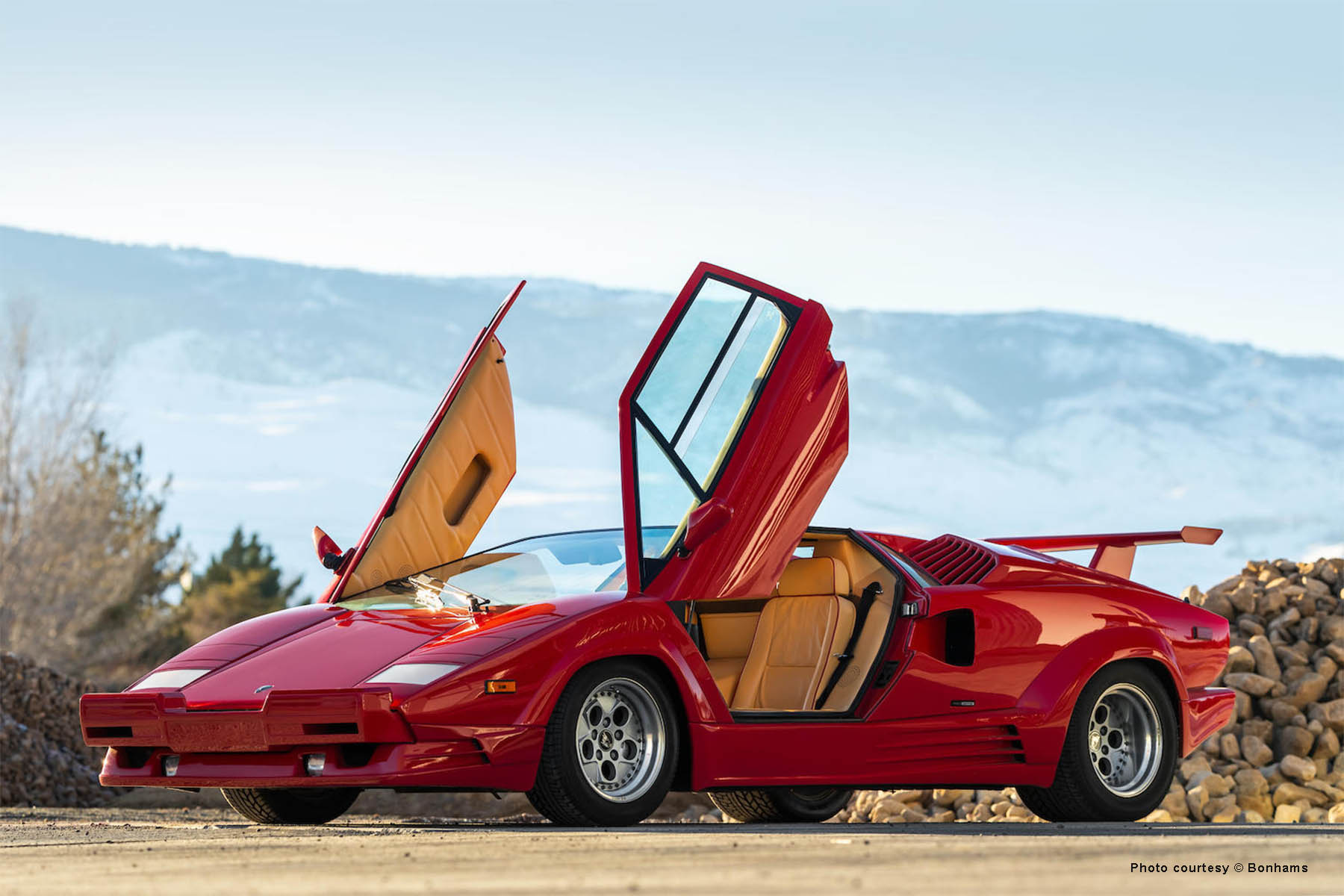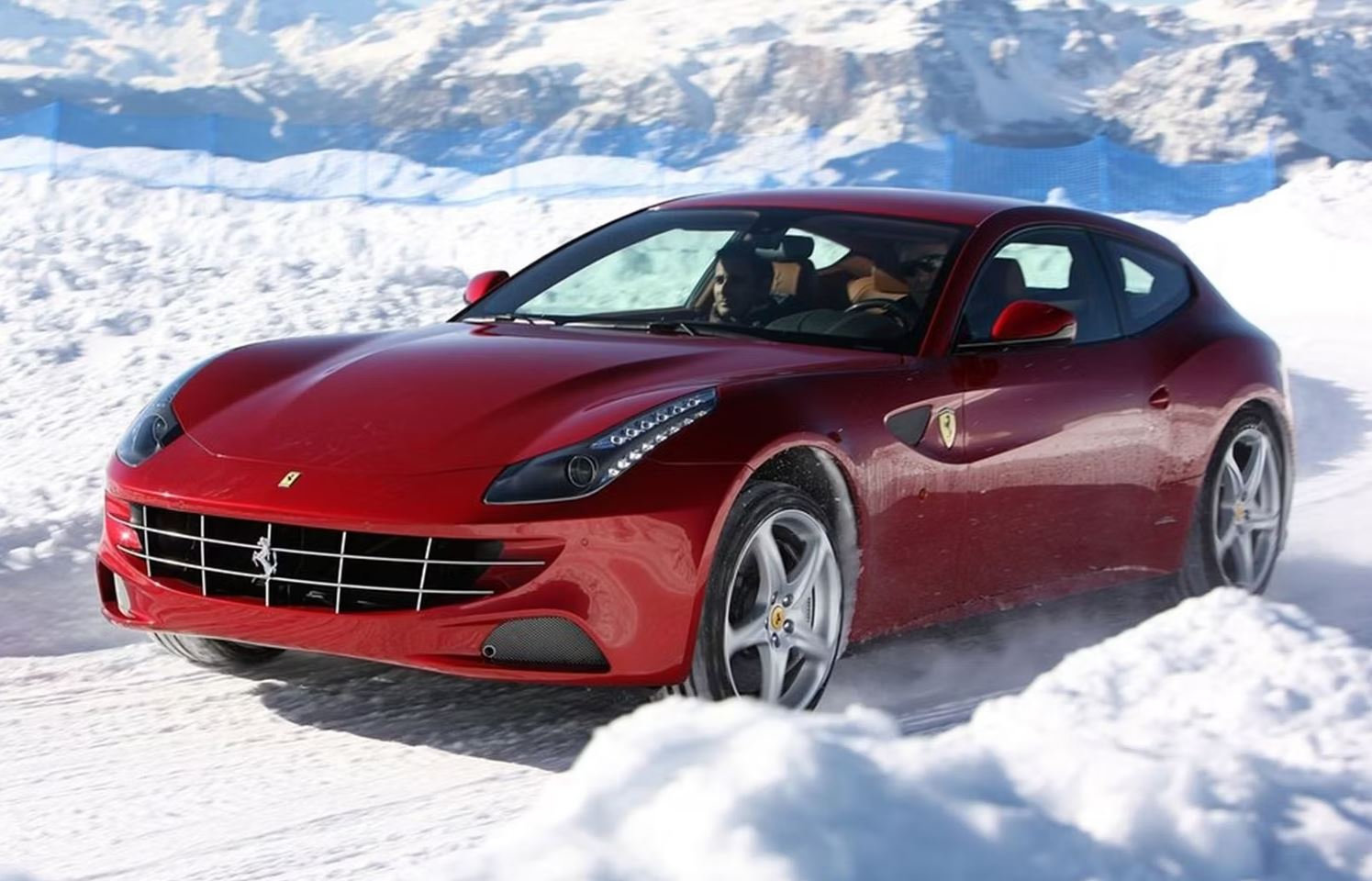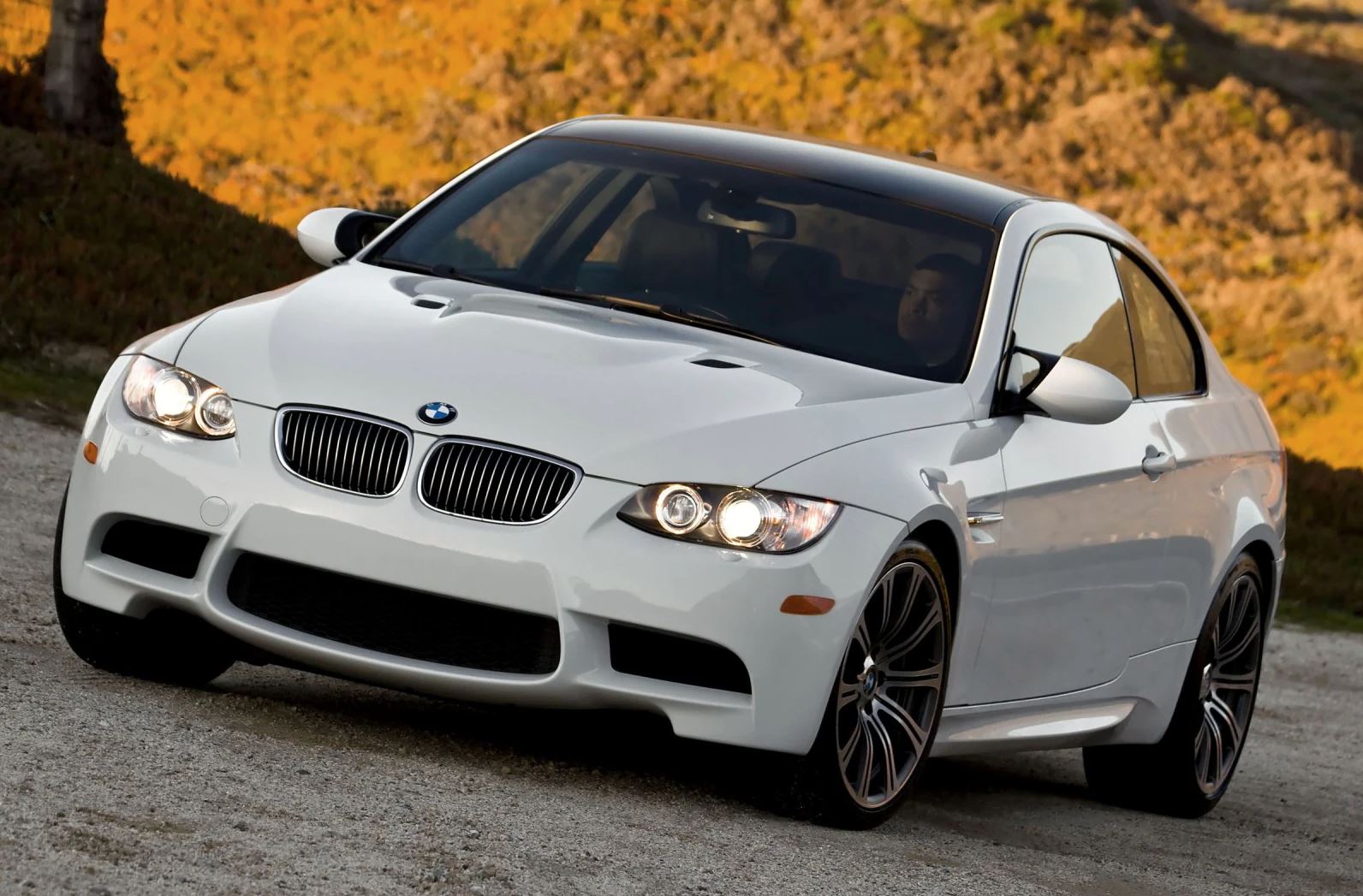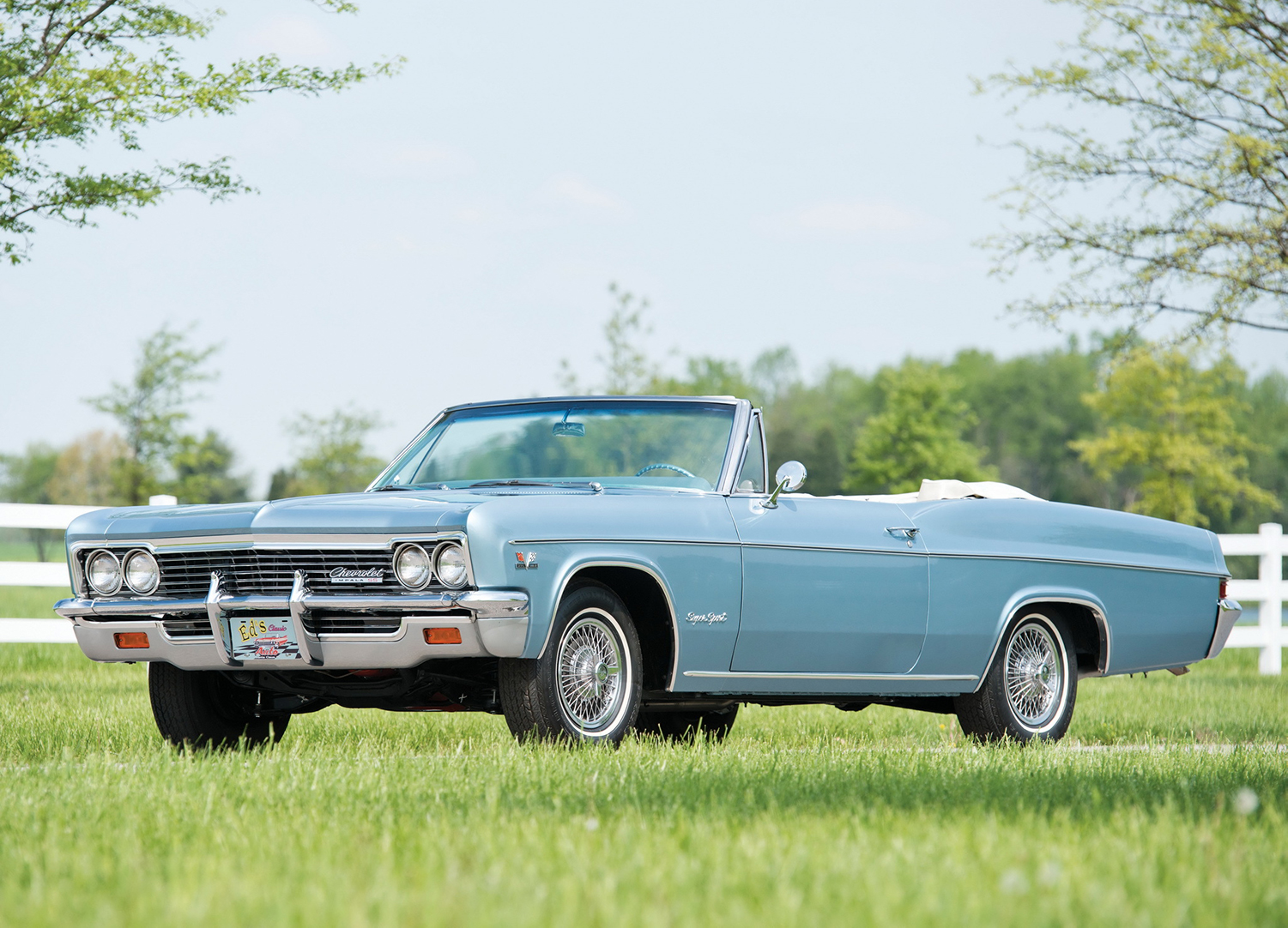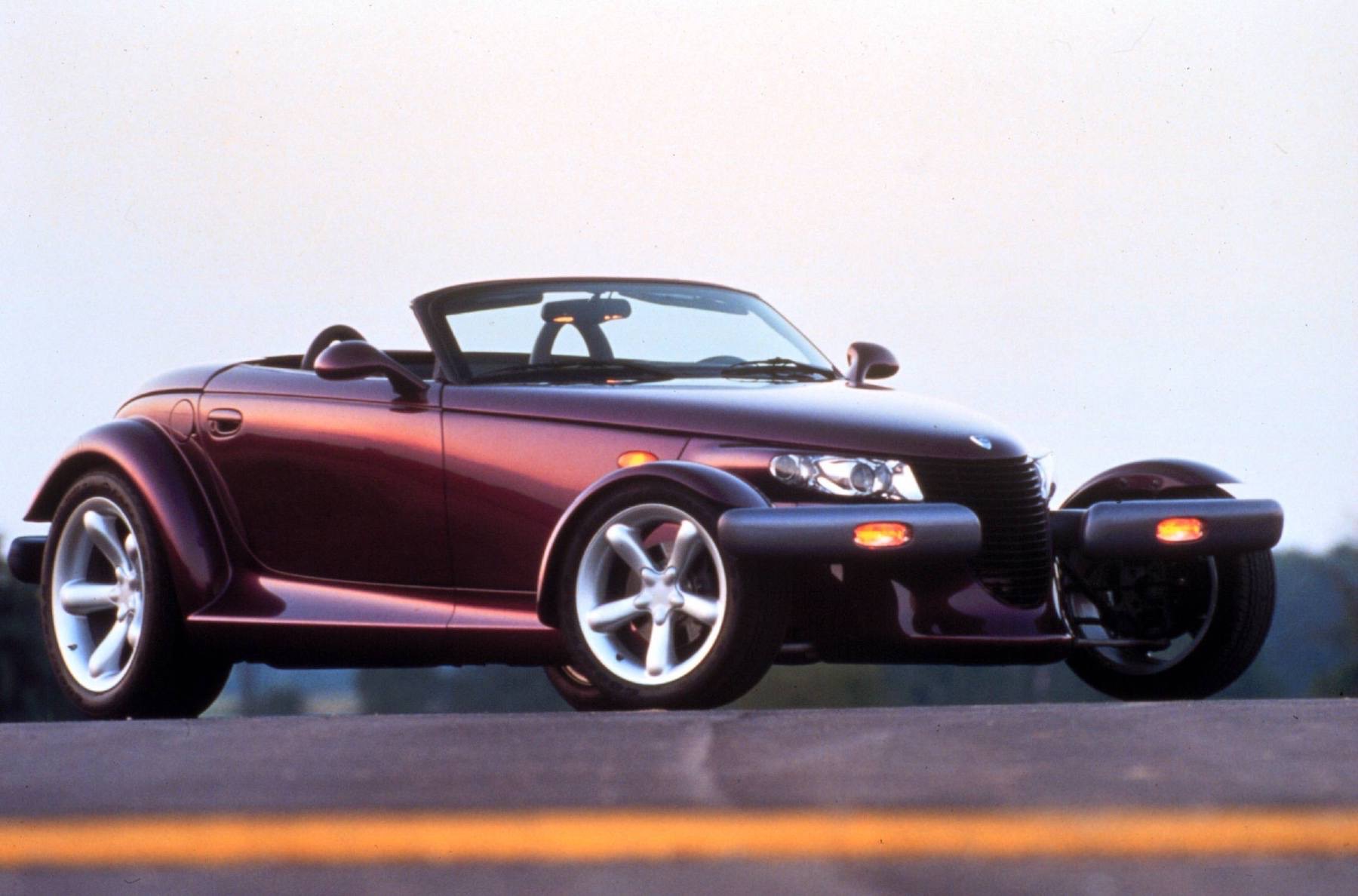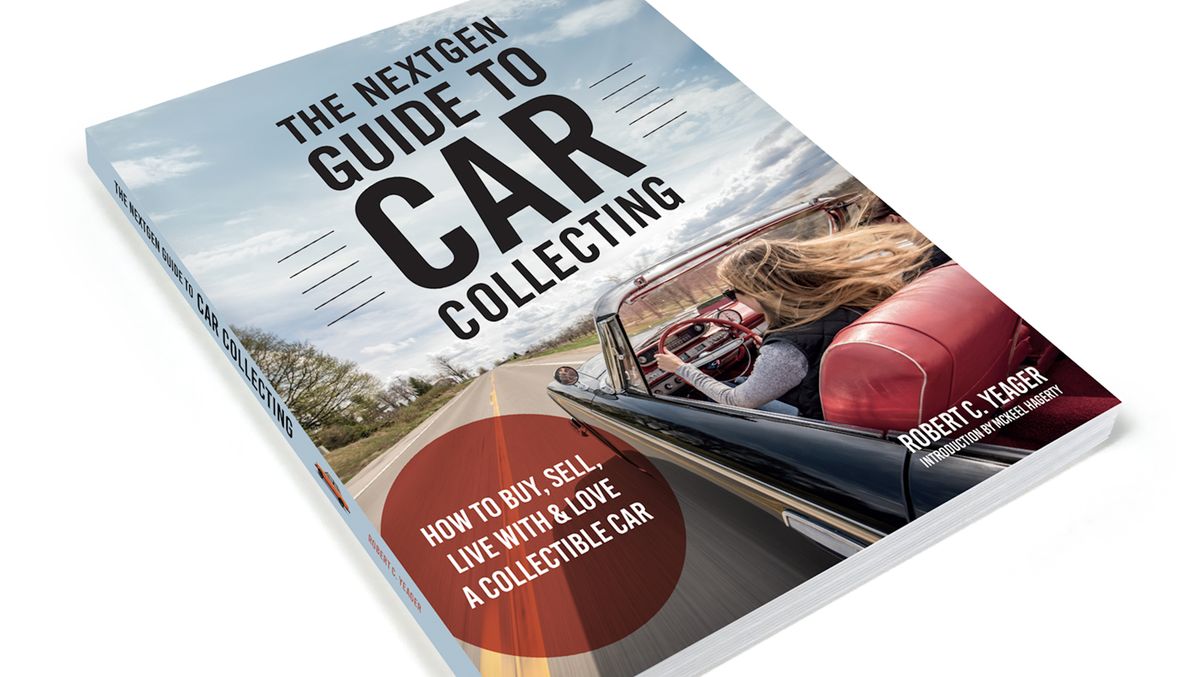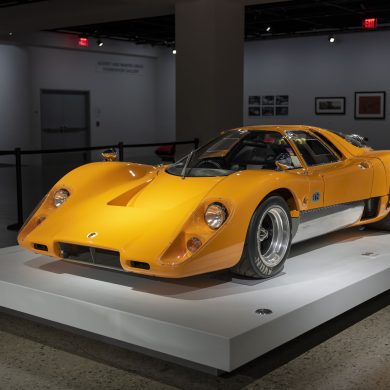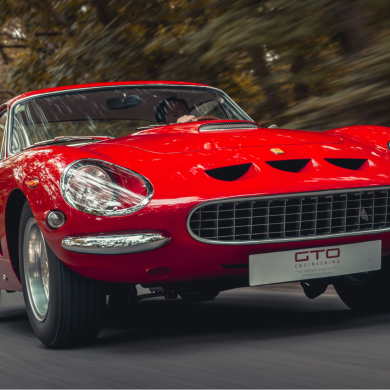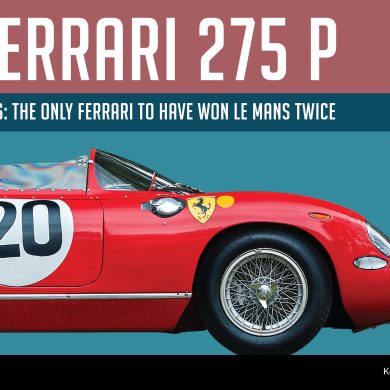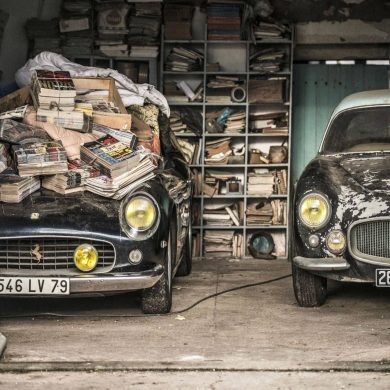The classic car market in 2024 continues to be a fascinating sector of the automotive industry, offering both challenges and opportunities for collectors, investors, and enthusiasts. Characterized by a blend of nostalgia and innovation, we’ve seen a coalescing of timeless design with the latest trends in technology.
Notable shifts include a growing interest in electric vehicle (EV) conversions of classic models, reflecting a desire to combine classic aesthetics with modern, environmentally friendly performance. Additionally, the market is seeing a diversification in what’s considered “classic,” with vehicles from the late 20th and early 21st centuries gaining popularity among younger generations of collectors.
After all, vehicles become even more “classic” with each passing year.
Demand for classic cars with provenance, rarity, and historical significance continues to drive up prices for certain marques and models, making them not only cherished possessions but also viable investment opportunities.
Collecting cars is a dream for many enthusiasts, but big players in this space know that it’s not as simple as keeping the car underneath a tarp and tucked away in some back corner. Collectors have ongoing costs with keeping these vehicles, including but not limited to:
- Understand the market
- Have space for storage
- Invest in professional maintenance and parts
In 2022, CNBC news reported that 53% of classic cars are owned by baby boomers, but it’s possible that a new wave of collectors may be poised to start catching up, defined by the Gen-X cohort and even some Millennials as they enter peak earning years.
Credit: CNBC News
Hagerty’s Picks
1989 Lamborghini Countach 25th Anniversary
Credit: Bonhams
The 1989 Lamborghini Countach 25th Anniversary edition is a hallmark of 1980s design and performance, limited production and historical significance boost its appeal.
Celebrating a quarter-century of Lamborghini’s engineering excellence, this model stands out with its aggressive, angular design and scissor doors, a signature feature that has become synonymous with the brand.
Powered by a formidable V12 engine, it boasts an acceleration from 0 to 60 mph in just 4.7 seconds and a top speed of over 180 mph.
Its popularity not only stems from its breathtaking performance but also its rarity and iconic status in the automotive world.
2011–2016 Ferrari FF
Credit: Ferrari
The Ferrari FF, produced from 2011 to 2016, marked Ferrari’s innovative departure into the grand touring segment with a shooting brake design, offering seating for four and substantial luggage space, highlighting its blend of practicality and performance.
It was the brand’s first production four-wheel-drive model, equipped with a 6.3-liter V12 engine delivering 651 horsepower, enabling it to achieve 0 to 60 mph in 3.7 seconds and a top speed of 208 mph.
The FF’s unique blend of Ferrari’s racing pedigree with practicality and luxury appeals to collectors and enthusiasts seeking a versatile yet high-performance vehicle. Its growing popularity among younger generations underscores a shift towards valuing both style and functionality in classic cars.
2008–2013 BMW M3
Credit: Edmunds
The 2008–2013 BMW M3 (E92) is celebrated for its “technological tour de force,” representing the zenith of BMW’s engineering prowess in the compact sports sedan segment.
This generation of the M3 was the first to introduce a 4.0-liter V8 engine, diverging from its predecessors’ six-cylinder units, and produced 414 horsepower. The E92 M3 features an optional dual-clutch transmission and an adjustable rear differential, enhancing its driving dynamics and performance. Its popularity is attributed to its exceptional balance of everyday usability and racetrack-capable performance, making it a modern classic among driving enthusiasts
1965–70 Chevrolet Impala SS
Credit: Hagerty
The Chevrolet Impala SS, particularly the models from 1965 to 1970, epitomizes the American muscle car era with its stylish design and powerful performance.
These models were equipped with a range of potent V8 engines, the most revered being the 427 cubic inch big block, capable of producing upwards of 385 horsepower. The Impala SS’s appeal lies in its blend of sleek lines, spacious interiors, and raw power, offering an all-American driving experience.
Its status as an icon of American automotive culture has made it a popular choice among classic car collectors and enthusiasts, valuing its historical significance and performance
1997–2002 Plymouth Prowler
Credit: Plymouth Archive
The Plymouth Prowler, produced between 1997 and 2002, is a retro-styled roadster that pays homage to the hot-rod culture of the mid-20th century.
It is powered by a 3.5-liter V6 engine, producing 253 horsepower, and is paired with a four-speed automatic transmission with AutoStick manual shift mode.
The Prowler’s distinctive design, featuring open front wheels, a low-slung body, and a rear-mounted transmission for improved weight distribution, sets it apart in the automotive world. Its popularity has grown among collectors, particularly those from Generation X, drawn to its unique blend of modern engineering and classic hot-rod aesthetics
It’s A Big World
The collector car world is a journey in itself involving logistics, especially if you expand the search to the international market.
Buying classic cars internationally involves navigating different regulations, taxes, and logistics. It’s crucial to understand the import and export laws of the countries involved to avoid unexpected fees or legal issues.
Shipping costs and methods (e.g., container shipping, open car transport, enclosed carrier, roll-on/roll-off, etc.) also vary widely, impacting the total cost.
For those who want to dive more into this world, New York Times automotive writer Robert Yeager wrote an instructive guide with step-by-step information on how to source, purchase, and care for any vintage vehicle.
Due diligence on the vehicle’s condition and history is essential, often necessitating a trusted inspector in the car’s location. Exchange rates can affect the purchase price, so monitoring currency fluctuations is beneficial.
Lastly, working with experienced professionals, such as specialized agents or brokers, can streamline the process and mitigate risks.


